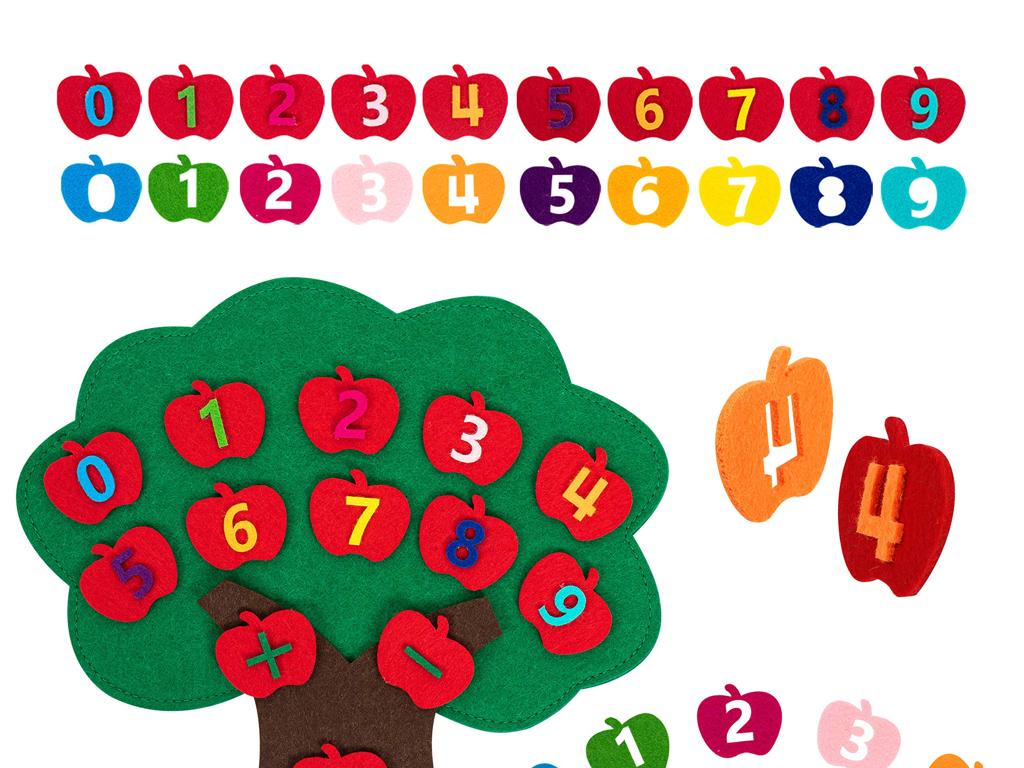Perimeter And Area: Changes In Scale
Subject: Math
Grade: Seventh grade
Topic: Scale Drawings
Please LOG IN to download the presentation. Access is available to registered users only.
View More Content
Scale Drawings: Perimeter & Area
– Understanding the concept of scale
– Scale represents the ratio of drawing size to actual size
– Scale drawings in the real world
– Architects use scale drawings to create building plans
– Exploring perimeter in scale changes
– Perimeter scales directly with the drawing scale
– Examining area in scale changes
– Area scales with the square of the drawing scale
|
This slide introduces students to the concept of scale and its application in scale drawings, which are a representation of objects or structures proportionally reduced or enlarged. Emphasize the importance of understanding scale for interpreting maps, blueprints, and models. Provide real-world examples, such as architectural plans, to illustrate how professionals use scale drawings in their work. Explain how changes in scale affect the perimeter and area of shapes, with the perimeter changing linearly and the area changing quadratically. Encourage students to think about how a change in scale would affect the size of a room or a piece of furniture. The activities for the class will involve practicing calculations of perimeter and area after scaling, to solidify their understanding of the concept.
Understanding Scale in Math
– Scale: ratio of drawing to real size
– A scale is a ratio that compares the measurements of a drawing or model to the measurements of the real object.
– Reading scale drawings
– To read a scale drawing, use the scale to convert measurements on the drawing into real-world measurements.
– Scale’s role in maps and models
– Scale is crucial in creating accurate representations of objects, especially when dealing with large areas like geographical maps or detailed models.
– Practice with scale exercises
|
This slide introduces the concept of scale, a fundamental aspect of understanding drawings and models in mathematics. Begin by explaining that scale is a ratio that helps us represent real-world sizes on paper or in models. Emphasize the importance of scale in various applications, such as maps, where it allows for accurate representation of geographical distances, and in models, where it ensures that every aspect is proportionally accurate. Encourage students to practice reading scale drawings by setting up exercises where they convert drawing measurements to real-world measurements and vice versa. This will help solidify their understanding of how scale works and why it’s important.
Understanding Perimeter in Scale Drawings
– Perimeter: Outline of a shape
– The total length around a 2D shape
– Calculating perimeter basics
– Add all side lengths for polygons
– Perimeter examples
– Rectangle (2l+2w), Circle (2Àr)
– Impact of scale on perimeter
– Doubling dimensions quadruples perimeter
|
This slide introduces the concept of perimeter as it relates to scale drawings. Begin by defining perimeter as the total distance around the edge of a two-dimensional shape. Explain the basic calculation by adding the lengths of all sides for polygons. Provide examples for different shapes, such as rectangles and circles, using their respective formulas. Emphasize how changes in scale affect the perimeter, such as doubling the dimensions of a shape resulting in a perimeter that is four times larger. Encourage students to think about real-life applications of perimeter, such as fencing a garden or framing a picture. Include practice problems where students calculate the perimeter of scaled shapes.
Understanding Area in Scale Drawings
– Area: space within a shape
– Calculating area basics
– Multiply length by width for rectangles
– Area of common shapes
– Triangles: 1/2 base times height, Circles: Àr^2
– Scale impact on area
– Doubling dimensions quadruples area
|
This slide introduces the concept of area as it relates to scale drawings. Begin by defining area as the amount of space inside the perimeter of a shape. Explain the basic formula for calculating the area of rectangles and then move on to more complex shapes like triangles and circles, providing the specific formulas. Emphasize how changes in scale affect the area of a shape; for instance, if the dimensions of a shape are doubled, the area increases by a factor of four. Use visual aids to help students grasp the concept of area in relation to scale, and prepare to show how scaling affects area with practical examples.
Changes in Scale: Perimeter
– Scale change impact on perimeter
Doubling the scale of a shape doubles its perimeter.
– Example: Scale increase affects perimeter
If a rectangle’s scale is doubled, its perimeter also doubles.
– Practice: Calculate perimeter post-scale
Given a scale factor, find the new perimeter of a shape.
– Understanding perimeter scalability
|
When the scale of a figure is changed, the perimeter is affected proportionally. For example, if the scale of a rectangle is doubled, each dimension increases by a factor of two, resulting in the perimeter also doubling. Provide students with a practice problem where they apply a given scale factor to calculate the new perimeter of a shape. This exercise will help them understand the concept of scalability and its practical implications in real-world scenarios. Encourage students to think about how this knowledge could be applied in fields such as architecture, design, and engineering.
Changes in Scale: Understanding Area
– Effects of scale change on area
– When a figure’s scale changes, the area changes by the scale factor squared.
– Example: Area reduction from scaling
– If a square’s sides are halved, the area becomes 1/4 of the original.
– Practice: Area calculation post-scaling
– Calculate the area of a rectangle after its length and width are scaled down by a factor of 2.
– Understanding scale factor impact
|
This slide aims to explain how changes in scale affect the area of two-dimensional figures. Emphasize that when the scale factor changes, the area is affected by the square of that factor. For example, if the dimensions of a shape are doubled, the area increases by a factor of four (since 2^2=4). Use a visual example, such as a square, to show how reducing the scale to half results in an area that is one-fourth of the original. Provide a practice problem where students calculate the new area of a shape after a scale change, reinforcing the concept of the square of the scale factor. This will help students grasp the relationship between scale changes and area in a tangible way.
Understanding Scale Factor
– Define Scale Factor
– Ratio of any two corresponding lengths in two similar geometric figures.
– How to calculate it
– Divide one length by the corresponding length on the other figure.
– Scale Factor and Perimeter
– Perimeter scales directly with the scale factor.
– Scale Factor and Area
– Area scales with the square of the scale factor.
|
Introduce the concept of scale factor as a fundamental aspect of understanding scale drawings. It’s the ratio that describes how much a figure is enlarged or reduced. Students should learn to calculate the scale factor by dividing a length from one figure by the corresponding length on a similar figure. Emphasize that when applying the scale factor to the perimeter, the new perimeter is the product of the original perimeter and the scale factor. For area, the new area is the product of the original area and the square of the scale factor. Provide examples such as maps or model buildings to illustrate these concepts. Encourage students to practice with different scale factors to see the direct relationship between scale factor and dimensions.
Class Activity: Create Your Scale Drawing
– Draw a scaled version of our classroom
– Decide on the scale factor for your drawing
– If our classroom is 10m by 8m, and we use a scale factor of 1:50, what will be the dimensions on your drawing?
– Compute perimeter and area of classroom items
– Measure the scaled items, then calculate their real-life perimeter and area
– Reflect on how scaling affects measurements
– How do the scaled measurements compare to the actual measurements?
|
This activity is designed to help students understand the concept of scale drawings and how changes in scale affect perimeter and area. Students will create a scale drawing of the classroom, choose an appropriate scale factor, and then calculate the perimeter and area of various objects within their drawing. Provide students with rulers and graph paper to assist in their drawings. Possible activities include scaling different classroom objects, comparing calculations with peers, and discussing how the scale factor influences the size of the drawing. Encourage students to think critically about the relationship between the scale factor and the resulting measurements.
Review and Q&A: Perimeter and Area
– Recap: Scale drawing basics
Scale drawings represent larger objects on smaller, proportional scales.
– Discuss: Perimeter scaling
When a figure’s dimensions are scaled up or down, its perimeter changes proportionally.
– Explore: Area scaling effects
Area changes by the square of the scale factor, unlike perimeter.
– Q&A: Clarify your doubts
|
This slide aims to consolidate the students’ understanding of how scaling affects perimeter and area in scale drawings. Begin by reviewing the concept of scale drawings and how they are used to represent real-life objects in a smaller, manageable size. Emphasize the direct proportionality of perimeter to the scale factor. Then, explain that area scales by the square of the scale factor, which is a common point of confusion. Open the floor for students to ask questions, ensuring they feel comfortable with the material. Be prepared to provide additional examples to clarify any doubts, such as scaling a rectangle and observing the changes in its perimeter and area.
Homework: Scale Changes in Perimeter and Area
– Practice problems on perimeter and area
– Remember to use the scale factor
– Scale factor affects the size of shapes proportionally
– Note the due date for submission
– Follow submission guidelines
– Check classroom portal for how to submit your work
|
This slide assigns homework to students, reinforcing their understanding of how changes in scale affect perimeter and area. Students are reminded to apply the scale factor, a multiplier that enlarges or reduces a shape, to their calculations. The due date is emphasized to ensure timely submission, and students are instructed to follow specific guidelines available on the classroom portal. As a teacher, prepare to provide examples of how to use the scale factor and offer assistance in understanding submission procedures. Consider providing a variety of problem types to cater to different learning styles and ensure comprehensive practice.






